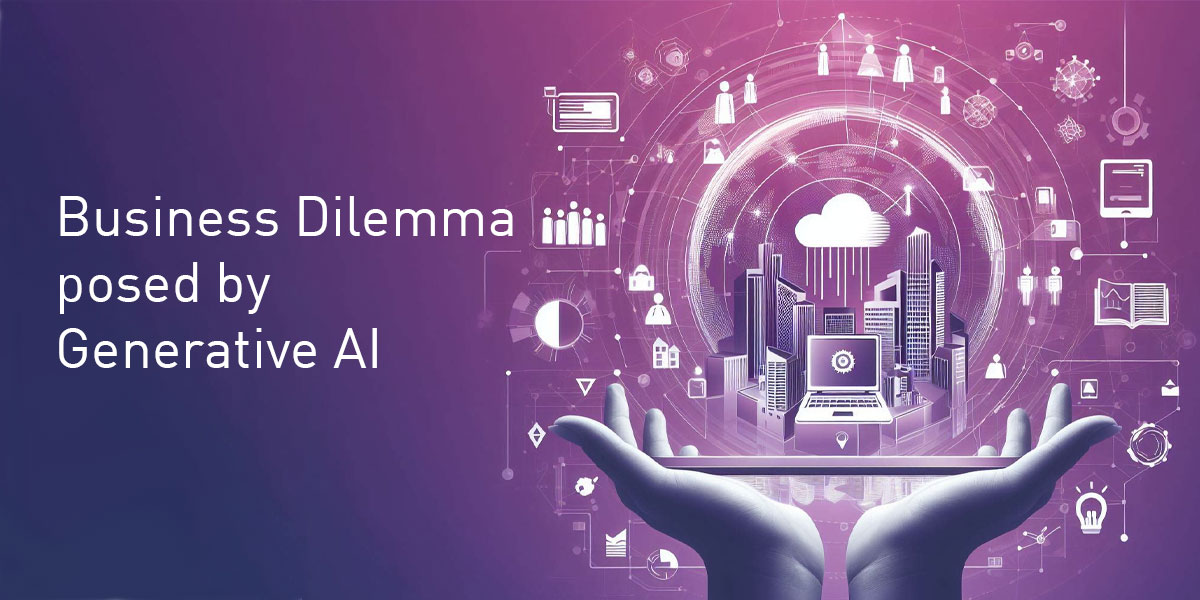Necessary cookies are absolutely essential for the website to function properly. These cookies ensure basic functionalities and security features of the website, anonymously.

Tech CEOs are estimated to be responsible for a bigger carbon footprint than the aviation industry

What can we do about it?
Tackling climate change is inescapable in 2022. We ended 2021 with a media focus on COP 2022 and a global acknowledgement that life as we know it is under threat. A fifth of the world’s largest companies are committed to net zero, and the number is growing. Some, like Microsoft, have gone further, and are committing to erase their historical lifetime emissions with carbon removal projects.
For decades the concept of the ‘paperless office’ has given the impression that the online storage of data is the environmentally friendly way to go. But with the world’s data centers are estimated to have an annual carbon footprint of 100 megatons of CO2 (see the article in Nature), that’s more than American commercial aviation. Technologies like block chain rely on process hungry approaches, and you can see the alarming exponential growth of the bitcoin economy on carbon production since 2021 (see the Cambridge Bitcoin Electricity Consumption Index).
Complex Supply Chains Confuse The Picture
The location of the server you use matters as not all countries are equal. 1kWh of electricity in Switzerland will produce 12g of carbon dioxide, whereas it would produce a whopping 253g in the UK, and 880g in Australia, where the energy industries are still heavily dependent on coal based technologies.
Complex Algorithms Are Making It Harder
Bitcoin isn’t then only technology that is power hungry. In an article from the AAAI Conference, it was estimated that a training a single, complex NLP algorithm that requires 200,000+ hours of cloud server time can have the same negative effect on the environment as a car over its entire lifetime.

What Can We Do?
- The first step is to gather information on the processes that we intend to run. Do we know whether the process will be fueled by coal or more renewable sources?
- A second step is to factor in the CO2 costs into our impact assessment. Experimental work may not be as easy to justify when we are required to analyse, audit and report on the carbon footprint our work is producing. At the very least, reporting training time as standard can give an idea of the impact of our work.
- There are some computationally efficient algorithms out there, and efforts within the industry are likely to be doubled in the near future. In the meantime, visit this report from Carnegie Mellon University, to get some ideas of steps we can take to reduce the negative impact of data processes.
We look forward to more developments in this field over the next year or so.






